Solving Isosceles Triangle Worksheet
Isosceles triangles are a common topic in geometry, and understanding how to solve problems involving these triangles is crucial for math students. Whether you're a high school student preparing for a geometry exam or a teacher looking for engaging practice resources for your students, this isosceles triangle worksheet is the perfect tool to help reinforce your understanding of this geometric concept.
Table of Images 👆
More Other Worksheets
Kindergarten Worksheet My RoomSpanish Verb Worksheets
Cooking Vocabulary Worksheet
DNA Code Worksheet
Meiosis Worksheet Answer Key
Art Handouts and Worksheets
7 Elements of Art Worksheets
All Amendment Worksheet
Symmetry Art Worksheets
Daily Meal Planning Worksheet
What is an isosceles triangle?
An isosceles triangle is a type of triangle that has two sides of equal length. This means that two of its three sides are the same length, and the two angles opposite those sides are also equal in measure.
How do you identify an isosceles triangle?
An isosceles triangle can be identified by having two sides of equal length. In other words, an isosceles triangle has two sides that are congruent and two angles that are also congruent. This symmetry helps distinguish it from other types of triangles, such as equilateral or scalene triangles, which have different side lengths.
What are the properties of an isosceles triangle?
An isosceles triangle has two sides that are of equal length and two corresponding angles that are also equal. The third side and angle in an isosceles triangle are typically unequal to the other two sides and angles. Additionally, the line drawn from the vertex angle to the midpoint of the base of an isosceles triangle is both an angle bisector and a perpendicular bisector.
How do you find the height of an isosceles triangle?
To find the height of an isosceles triangle, you can draw a perpendicular line from the vertex (top point) of the triangle to the base (the side that is not equal to the other two sides). This perpendicular line will create two right-angled triangles with the base of the isosceles triangle. You can then use trigonometry or the Pythagorean theorem to calculate the height of the isosceles triangle based on the length of the base and the angle at the vertex.
How do you find the base angles of an isosceles triangle?
In an isosceles triangle, the base angles are equal to each other. To find the base angles, you can use the formula for the sum of interior angles in a triangle, which is 180 degrees. Let x represent one of the base angles, then the other base angle would also be x. To find the value of x, you can set up the equation: 2x + vertex angle = 180 degrees. By solving for x, you can determine the measure of the base angles in the isosceles triangle.
How do you find the third angle of an isosceles triangle?
To find the third angle of an isosceles triangle, subtract the sum of the two equal angles from 180 degrees. Since an isosceles triangle has two equal angles, if we denote each equal angle as x degrees, then the sum of the two equal angles will be 2x degrees. Subtracting 2x from 180 will give you the measure of the third angle.
How do you find the length of the equal sides in an isosceles triangle?
To find the length of the equal sides in an isosceles triangle, you can start by identifying the base and height of the triangle. Then, you can use the Pythagorean theorem or trigonometric ratios to calculate the length of the equal sides. Another method is to bisect the base of the triangle to create two right-angled triangles, allowing you to use trigonometry to determine the length of the equal sides.
How do you find the perimeter of an isosceles triangle?
To find the perimeter of an isosceles triangle, add the lengths of all three sides together. Since an isosceles triangle has two equal sides and one different side, you can either add the lengths of the two equal sides together and then add the length of the different side, or simply multiply the length of one of the equal sides by 2 and then add the length of the different side.
How do you find the area of an isosceles triangle?
To find the area of an isosceles triangle, you can use the formula: area = 0.5 * base * height. First, determine the length of the base of the triangle. Then, find the height of the triangle, which can be calculated using the Pythagorean theorem or by drawing an altitude from the apex to the base. Once you have the base and height, plug them into the formula to calculate the area of the isosceles triangle.
Can an isosceles triangle be a right triangle?
Yes, an isosceles triangle can be a right triangle if the two equal sides are the legs of the right triangle and the third side (the base) is the hypotenuse. In this case, the two equal angles opposite the equal sides would each be 45 degrees, making it a right triangle with a 90-degree angle.
Have something to share?
Who is Worksheeto?
At Worksheeto, we are committed to delivering an extensive and varied portfolio of superior quality worksheets, designed to address the educational demands of students, educators, and parents.

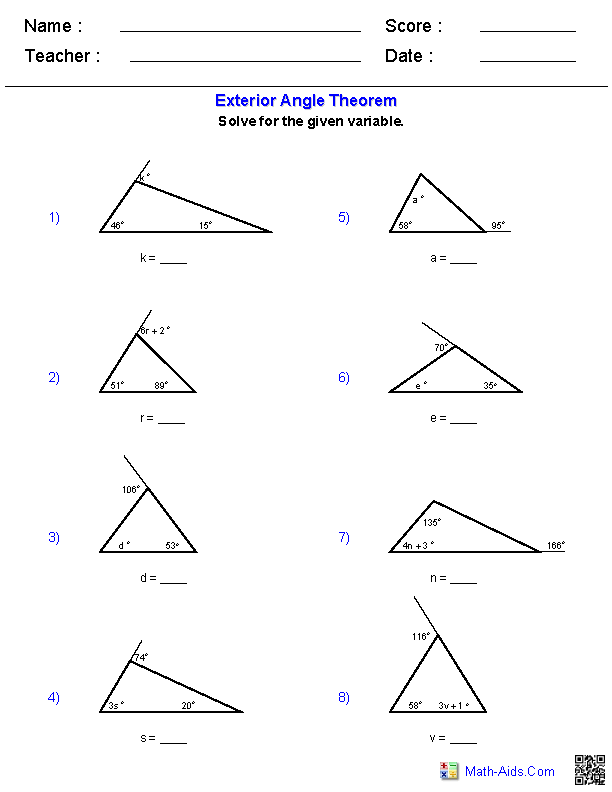



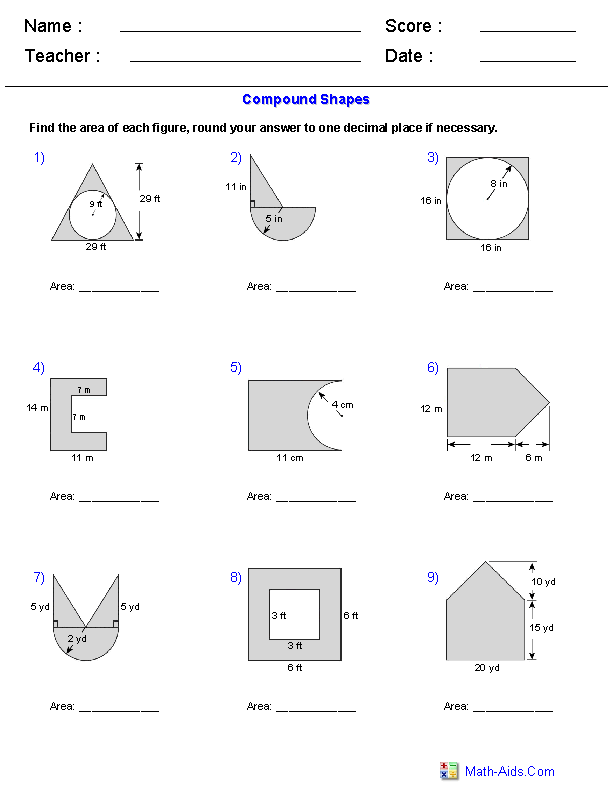
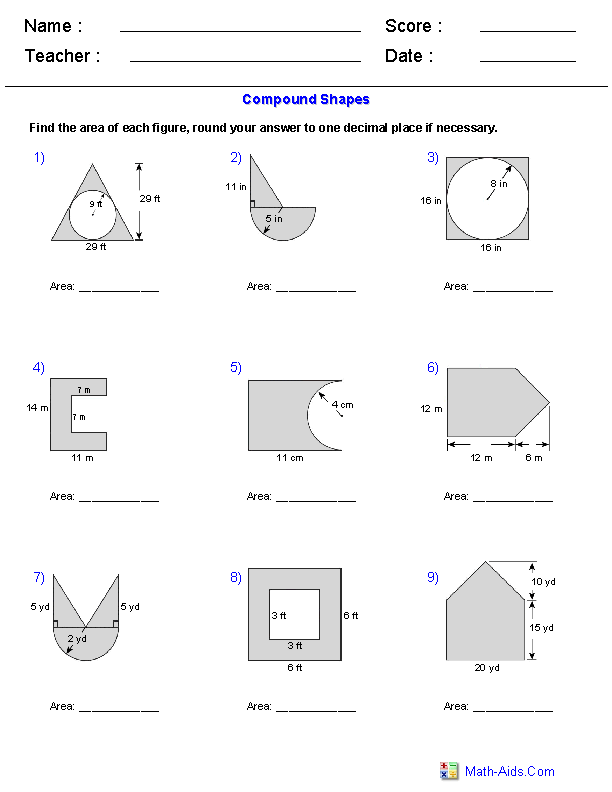
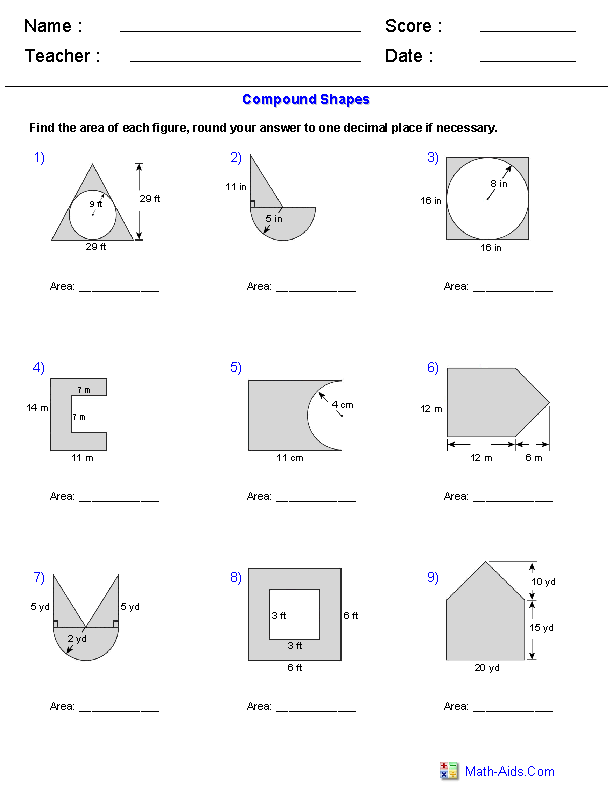
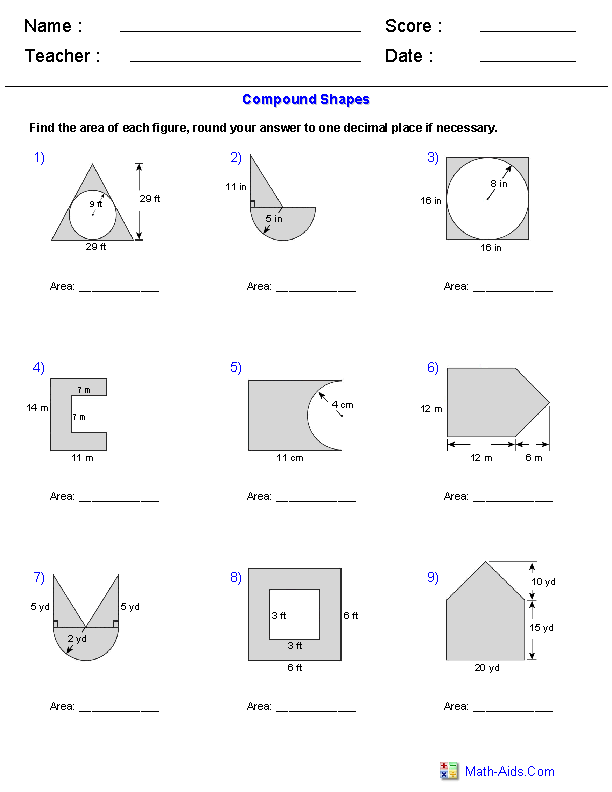
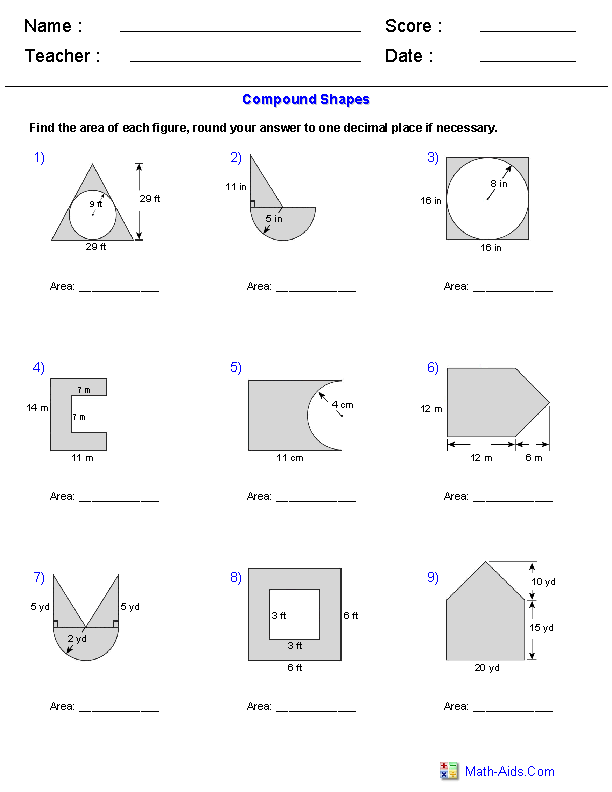
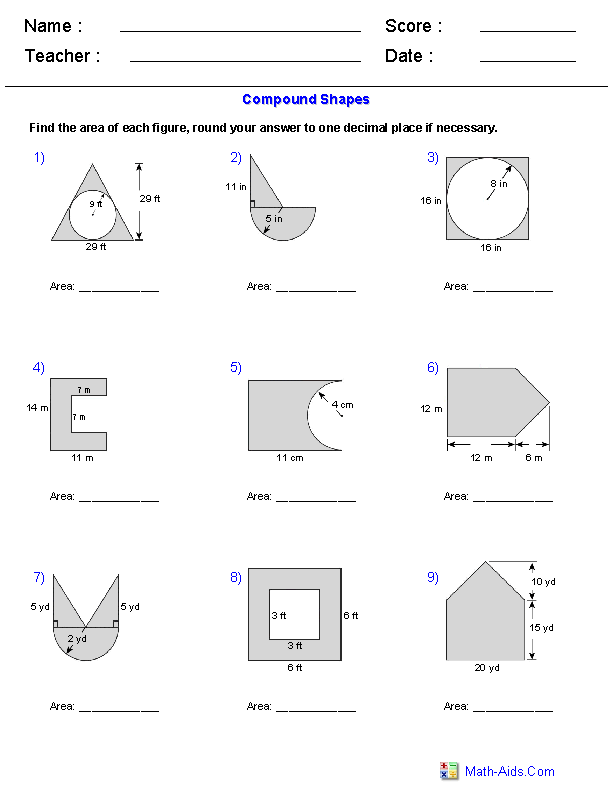

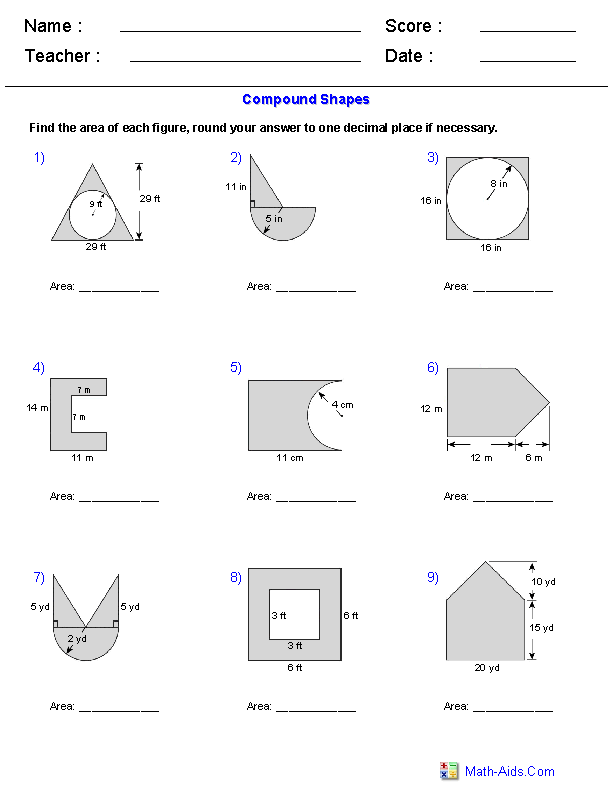
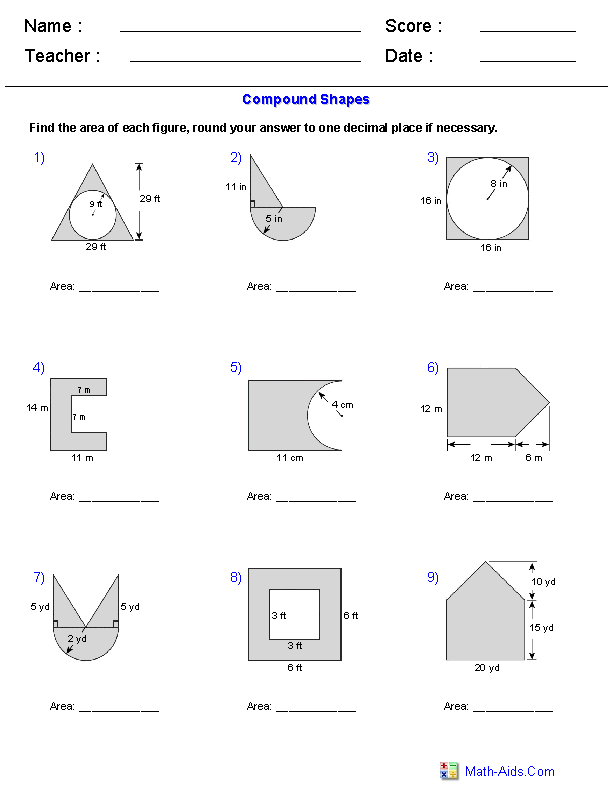
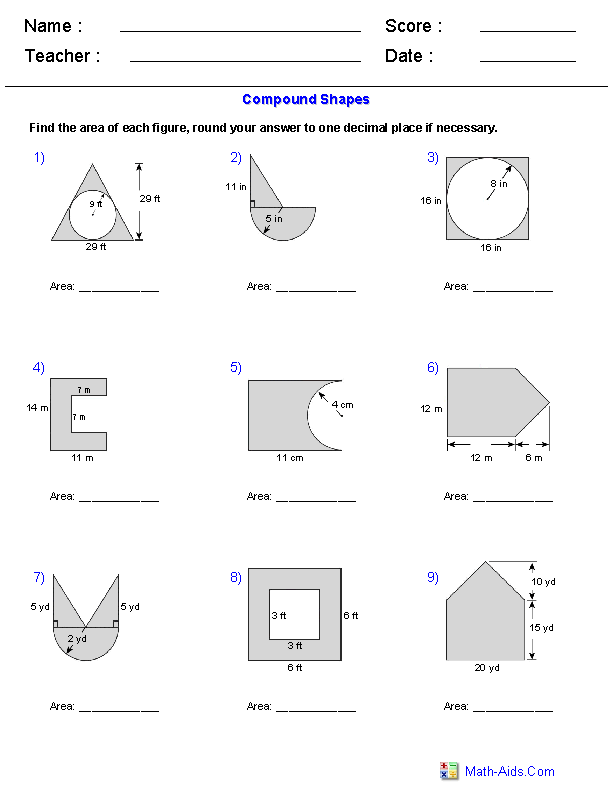
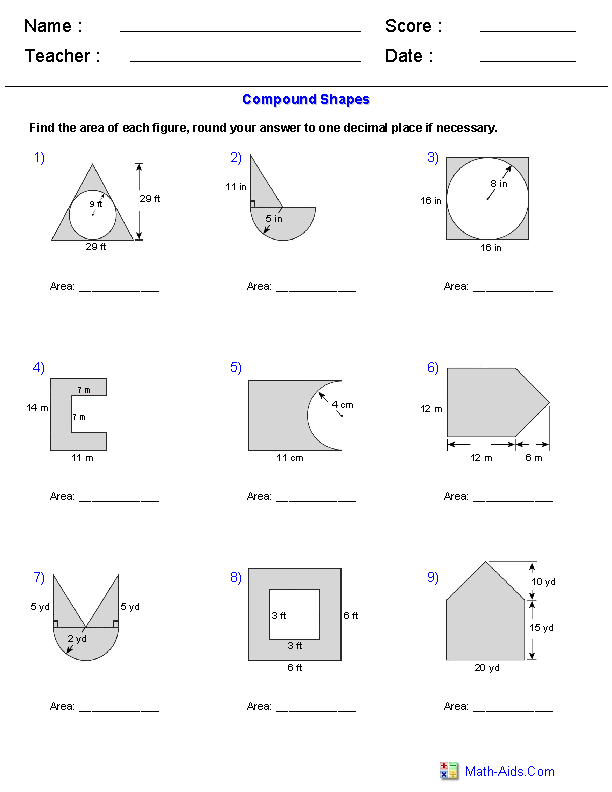
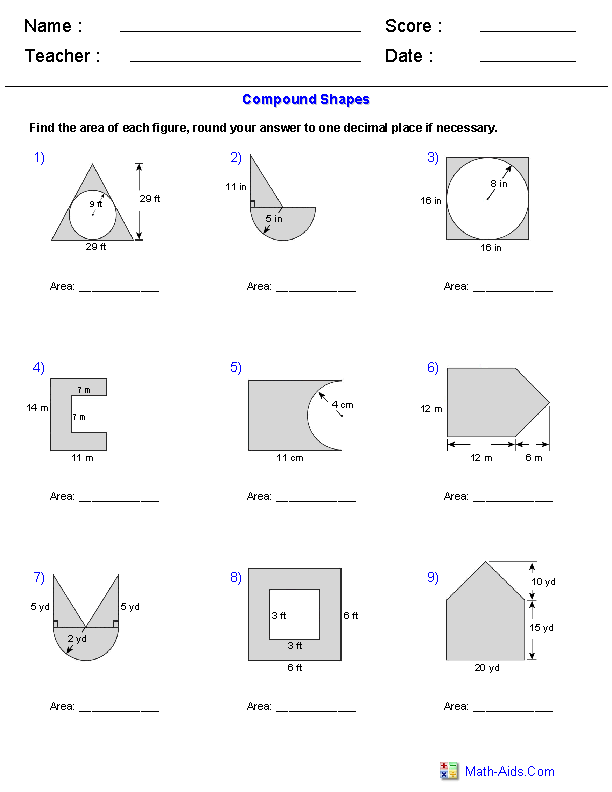
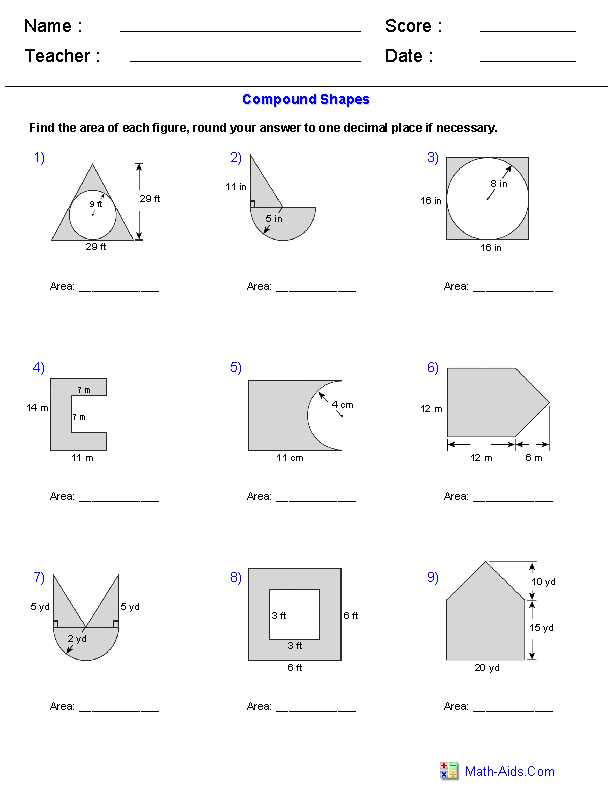
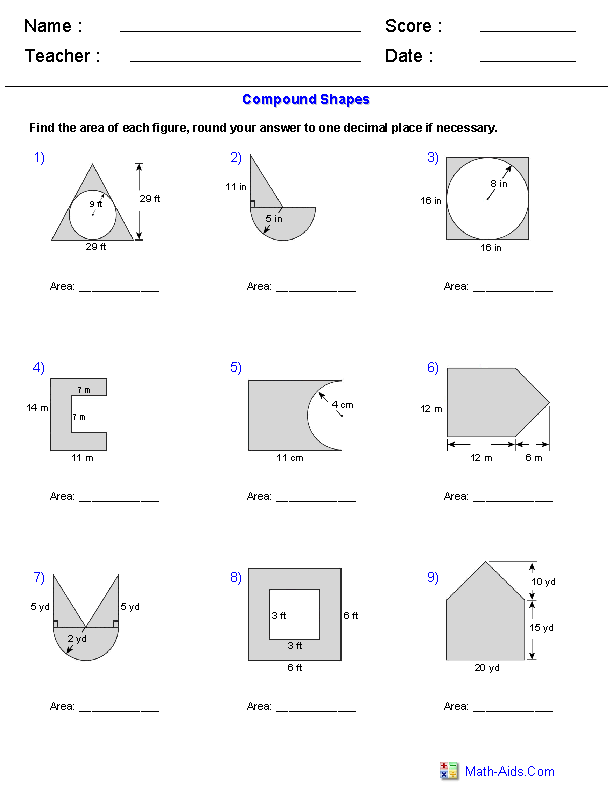
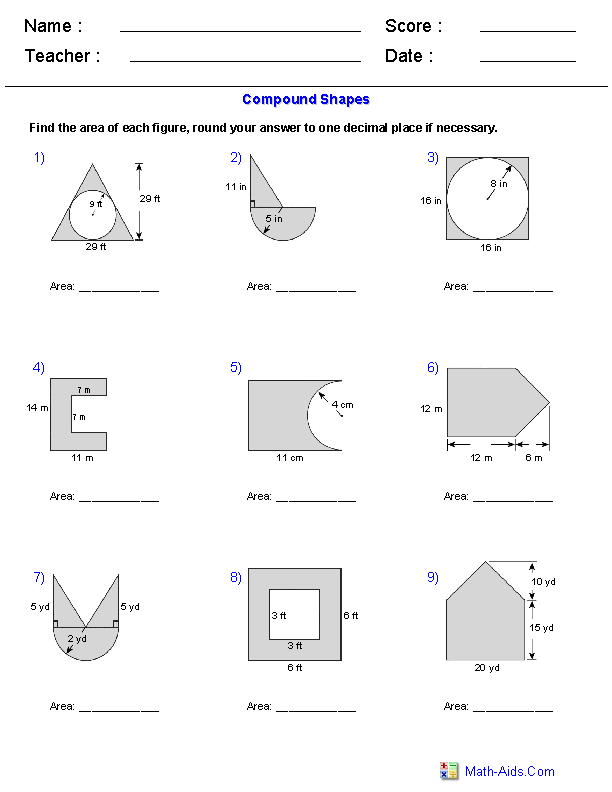














Comments